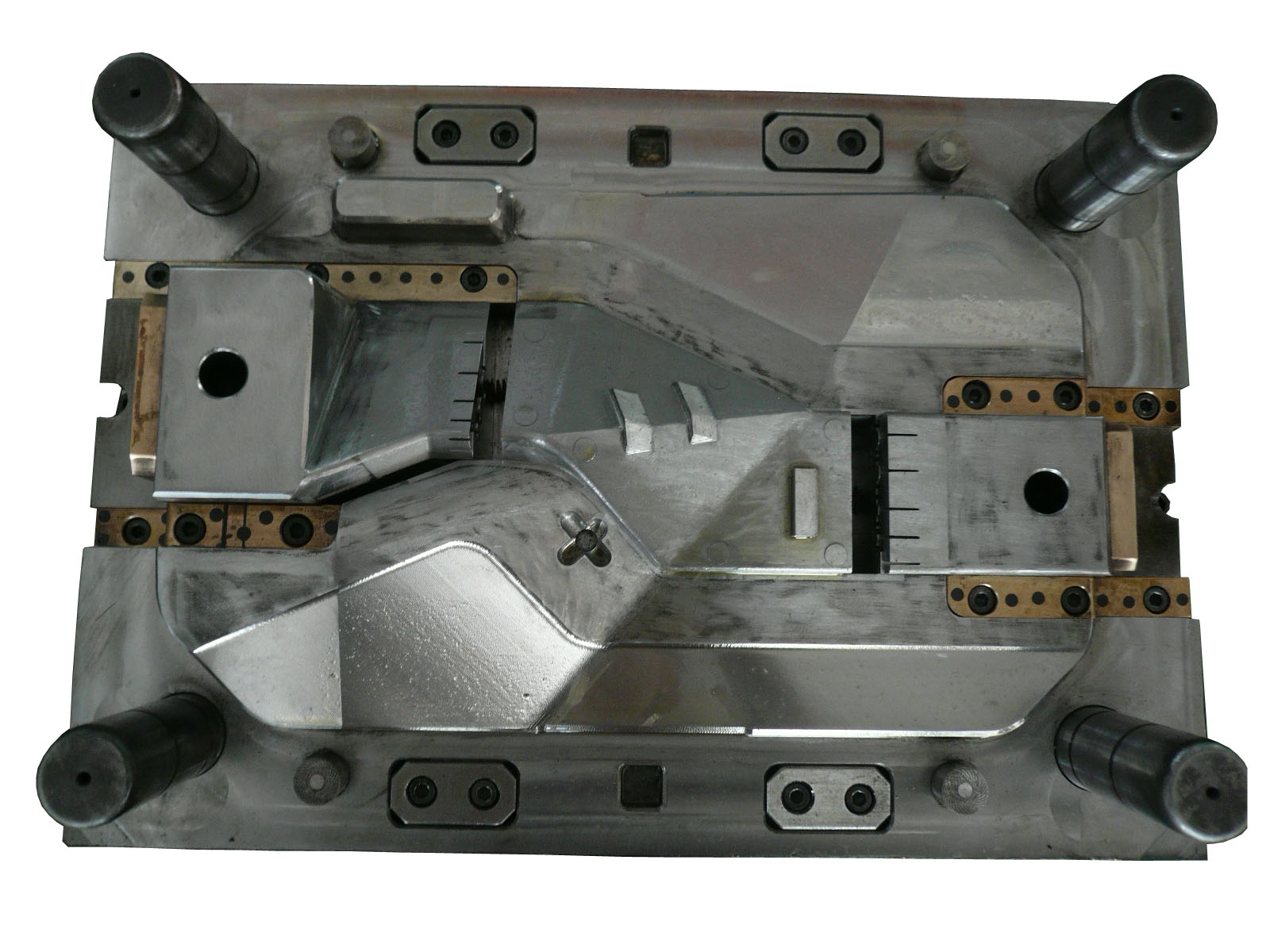Automotive Industrial
Shenzhen Ruiyi mold company has been focusing on CNC auto parts processing for nearly 20 years. We provide online customized auto parts processing services, get no-obligation free quotes 24h, and respond quickly. The following are several main application areas of CNC in the automotive manufacturing industry:
Application of CNC manufacturing in the automotive industry
1. Auto parts processing
CNC Fabricing are used to machine a variety of automotive parts, including engine parts, driveline components, chassis components, braking system components, and more. Through CNC machining, the production of parts with high precision and complex geometry can be achieved, ensuring that the quality and performance of the parts meet the requirements.

2. Automotive Mold Manufacturing:
The automobile manufacturing process requires a large number of molds for the production of automobile shells, interior parts, plastic parts, etc. CNC machining technology is used to manufacture these molds, ensuring that the molds have high precision and long life to meet the needs of automobile production.

3. Car Body Manufacturing:
CNC technology is used in all stages of the body manufacturing process, including stamping, welding, riveting, body assembly, etc. Through CNC-controlled robots and automation equipment, precise processing and assembly of various body parts are achieved, improving production efficiency and product quality.

5. Surface treatment:
Auto parts surface treatment, including grinding, polishing, spraying, etc. Through grinding machines, polishing machines or polishing equipment, spraying equipment, and anodizing equipment, precise control of the surface quality of automotive parts is achieved to improve product appearance and durability.

6. Prototype manufacturing and customized production:
Ruiyi use vacuum casting technology to create auto prototype models and customized auto parts. This enables automakers to quickly validate design concepts, conduct product testing, and meet individual customer needs.

The application of vacuum casting makes the automobile manufacturing process more precise, efficient and reliable, helps improve the quality and performance of automobile products, and promotes the sustainable development of the automobile industry. With the continuous advancement of technology, the application of CNC in automobile manufacturing will be further expanded and deepened.
The process of manufacturing automobile parts by Shenzhen Ruiyi Weiye Model Co., Ltd.:
01. Drawing review: According to customer needs and technical specifications, our engineers carefully review and analyze the detailed drawings of the parts to identify the difficulties. This is the initial part of parts manufacturing and the basis of the entire processing process.
02. Material selection: Select appropriate materials based on the design requirements and functional requirements of the part. For automotive parts, material selection is crucial because it is directly related to the strength, wear resistance, corrosion resistance and other properties of the parts.
03. Program writing: Technical personnel will write a processing program suitable for CNC machine tools based on the design drawings and processing requirements of the parts. This program will specify the tool path, cutting speed, feed and other parameters in detail to ensure the machining accuracy and surface quality of the part.
04. Machine tool processing: Input the programmed program into the CNC machine tool, and the machine tool will automatically process according to the program. During this process, technicians need to closely monitor the processing process to ensure the normal operation of the machine tool and the processing quality of the parts.

05. Post-processing: Manually remove burrs to make the parts smooth, and then perform surface treatment on the parts according to customer requirements, such as oxidation, painting, polishing, wire drawing, electroplating, etc.
06. Inspection and testing: After processing is completed, quality inspection personnel conduct strict inspection and testing of the parts through testing equipment (such as two-dimensional testing, micrometers, plug gauges, tooth gauges, etc.) to ensure that they meet the design requirements and quality standards.




